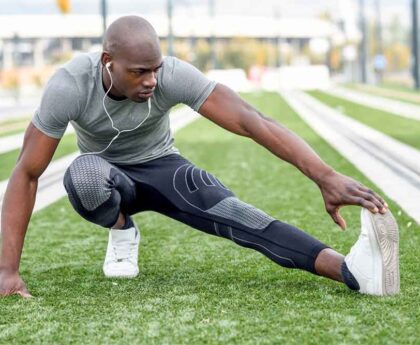The practice of mindfulness has become increasingly popular in recent years as a way to enhance mental health and well-being. Mindful movement takes this concept one step further by incorporating physical activity into the mindfulness practice. In this article, we will explore the mental health benefits of mindful movement and provide practical tips on how to make exercise a more mindful experience.
What is Mindful Movement?
Mindful movement refers to the practice of being fully present and aware while engaging in physical activity. It’s about paying attention to your body, breathing, and surroundings while you move, and using the experience to connect with yourself on a deeper level. Whether you’re walking, running, swimming, or practicing yoga, the goal is to be mindful and present in the moment.
Mental Health Benefits of Mindful Movement
Studies have shown that regular physical activity can have a positive impact on mental health, and when combined with mindfulness, the benefits can be even greater.
- Improved Mood: Engaging in mindful movement can boost endorphins, leading to improved mood and a reduction in feelings of depression and anxiety. Regular exercise has been shown to be as effective as medication for individuals struggling with mild to moderate depression.
- Increased Cognitive Function: Exercise has been shown to increase brain function and cognitive performance, and incorporating mindfulness can further enhance these benefits. Research has found that mindfulness can improve memory and attention, and reduce the symptoms of conditions such as ADHD.
- Reduced Stress and Anxiety: Regular exercise and mindfulness practices can help reduce stress and anxiety levels, and can even be used as a form of therapy for individuals struggling with these issues. Mindful movement can help calm the mind, regulate breathing, and reduce feelings of tension and stress.
- Improved Sleep Quality: Engaging in mindful movement can lead to a better night’s sleep, as it promotes relaxation and helps regulate the body’s natural sleep-wake cycle. Regular exercise has been shown to improve sleep quality, and incorporating mindfulness can enhance these benefits.
How to Make Exercise Mindful
Incorporating mindfulness into physical activity can be as simple as being present in the moment and paying attention to your body and breathing. Here are a few tips to help you make your exercise routine more mindful:
- Set a Goal: Having a specific goal in mind can help you stay focused and present during your workout. Whether you’re training for a race or just trying to get in a daily walk, having a goal can help you stay motivated and engaged.
- Use Relaxation Techniques: Incorporating relaxation techniques such as deep breathing or meditation can help you stay calm and focused while exercising. Taking a few moments to breathe deeply and clear your mind before starting your workout can help set the tone for a more mindful experience.
- Listen to your Body: Pay attention to how your body feels during exercise, and adjust your movements accordingly. If you feel pain or discomfort, take a break, or modify your movements to avoid injury.
- Make it Enjoyable: Choose activities that you enjoy, and focus on the pleasure and satisfaction that comes from moving your body. Whether it’s dancing, hiking, or playing a sport, find something that you love and make it a regular part of your routine.
Conclusion
In conclusion, incorporating mindful movement into your daily routine can have a powerful impact on your mental health and well-being. By paying attention to your body, breathing, and surroundings, you can enhance the benefits of physical activity and create a more fulfilling and mindful exercise experience. So, let’s start harnessing the power of mindful movement and make exercise a more meaningful and enjoyable part of our lives.





